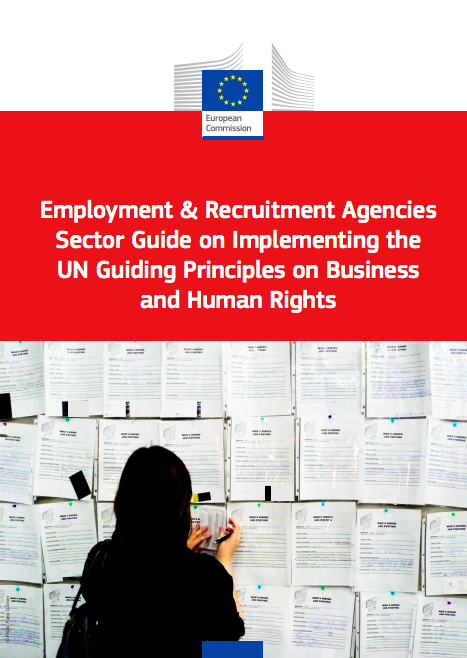Human trafficking in the Thai fishing industry: A call to action for EU and US importers
GuidanceThailand is one of the world’s largest fishery exporters. It is the leading exporter of canned tuna and one of the world’s top exporter of frozen shrimps. This multi-billion-dollar seafood industry has come under the international spotlight...Read More

